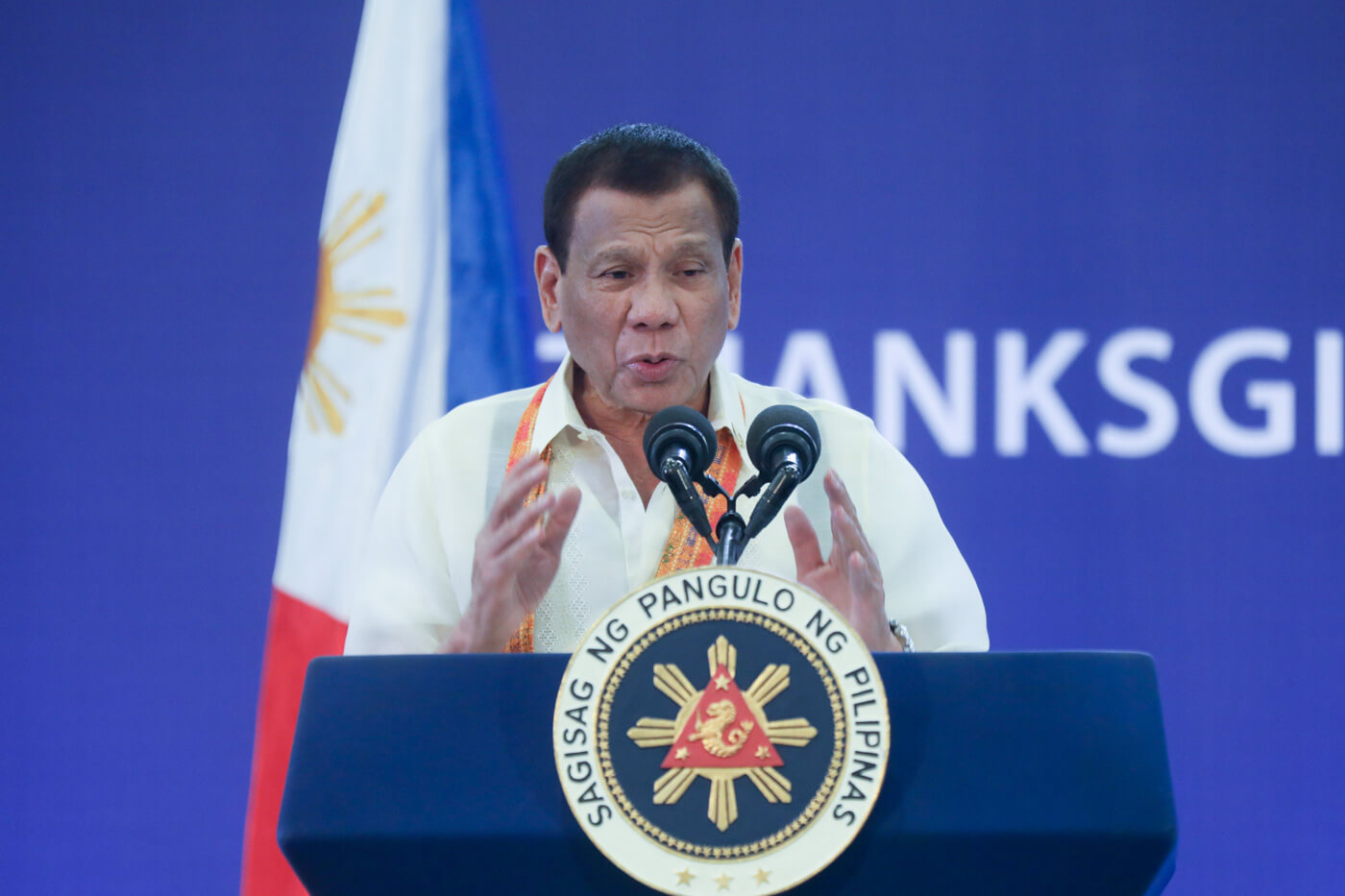In a U-turn decision on a February notice, the Philippines has temporarily decided not to end a vital military agreement with the United States as tensions with Beijing escalate in the South China Sea (SCS).
The Visiting Forces Agreement (VFA), signed between Manila and Washington in 1988, allows free entry for US military vessels and aircraft into Filipino territory and relaxes visa requirements for American defence personnel. The archipelagic country was also once home to two of the US’ largest military bases outside its own territory–the Subic Bay Naval Station and Clark Air Base.
In February, Rodrigo Duterte’s government had given the Donald Trump administration a notice of 180 days to end the deal, suggesting Manila’s attempts to reclaim its land and rely on its own defence resources. Further, in 2018, Duterte strongly indicated that the country needs China since the leader has viewed the dispute in the SCS as more negotiable than any of his predecessors. This has indicated a tilt away from historically close strategic ties with the US towards an economically-focused relationship with China.
Last year, Chinese President Xi Jinping reportedly offered Duterte a “controlling stake in a joint energy venture” to develop gas deposits at the Reed Bank in exchange for ignoring a 2016 ruling of the Permanent Court of Arbitration. The Hague had ruled in favour of Manila and concluded that China did not have any basis to claim rights to a large part of the SCS around its territory.
Also Read: South China Sea Standoff: Indonesia Deploys Fighter Jets and Warships to Thwart China
However, China has been significantly increasing its military presence on islands claimed by the Philippines. Over the past two months, the Chinese People’s Liberation Army (PLA) has brought in advanced KQ-200 anti-submarine planes and KJ-500 control aircraft to the Fiery Cross Reef in the Spratly Islands chain. Beijing has also declared Fiery Cross–which is known as Kagitingan in the Philippines–as a part of its own territory in Southern Hainan. Additionally, it has stationed maritime militia vessels for over a year around Thitu Island, which is the Philippines’ largest occupied island in Spratly.
On Tuesday, Filipino Foreign Affairs Secretary Teodoro Locsin Jr announced that the VFA will be extended at least for another six months owing to “political and other developments in the region.” Washington wholeheartedly welcomed the move, with the US Embassy in Manila saying, “Our long-standing alliance has benefited both countries, and we look forward to continued close security and defence cooperation with the Philippines.”
Also Read: Malaysia-China Standoff in South China Sea Leads to Five Nation Face-Off
China has been increasing its presence, hostilities and posturing in the SCS for quite some time. The Philippines and China are only two among several countries with strategic interests and claims to parts of the SCS, with Beijing claiming nearly all of the sea’s 1.3 million square miles as its own. Increasing tensions and threats of a cold war between China and the US would give a new dimension to its presence in the waters of the region.
Image Source: Rappler

